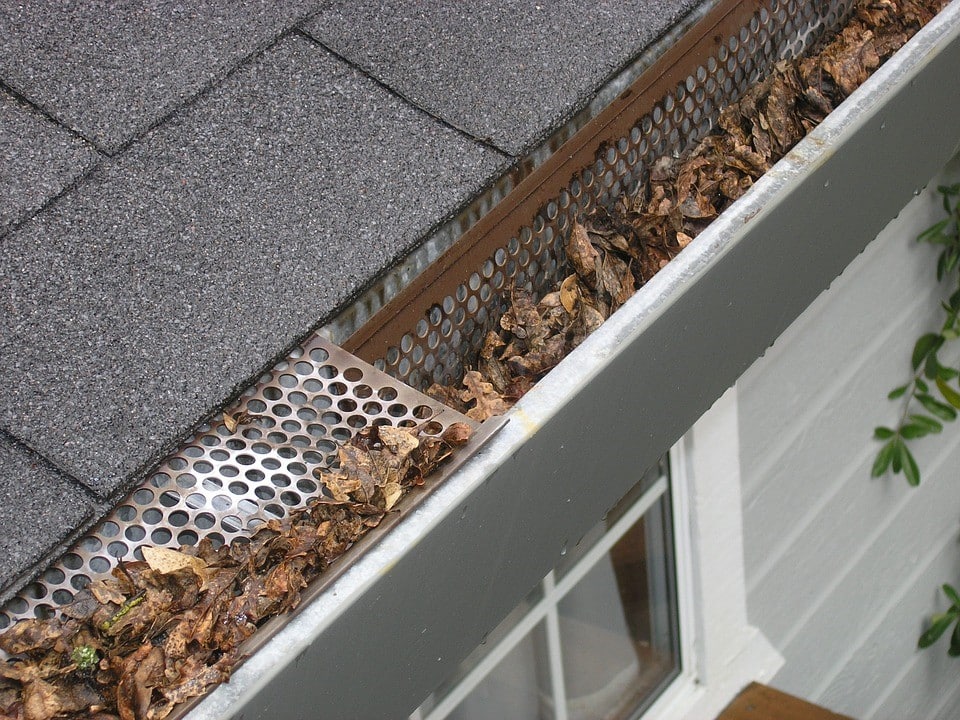5 Flat Roof Replacement Tips for Property Owners
Flat roofs are common on commercial and multi-unit residential properties. With their low maintenance requirements and no-nonsense functionality, flat roofs offer reliable protection for the buildings they cover. As such, when the time comes to replace them, extra due diligence is in order. After all, this is an investment that is important not only for the building itself but also the occupants of the building, whether they are commercial tenants or families living within.
If you are a property owner considering a new flat roof, whether out of necessity or a practical upgrade (or both), you should do your homework and learn exactly what the process will entail. With that in mind, here are five flat roof replacement tips to consider:
1. Choose your materials wisely
One of the more important decisions you will make is what kind of materials to use in your flat roof replacement. Will you put the same type of roof atop your property or upgrade (or, in an effort to save money, downgrade)? The choices available to you range in cost, maintenance requirements, life, and environmental friendliness. Here’s a quick primer on some options:
TPO
Thermoplastic polyolefin is the most popular type of flat roof used by contractors today. It comes in many colors, is popular in green construction, and is UV-light-resistant.
PVC
This vinyl roof is strong, waterproof, and typically can last 30 years or more.
EPDM
This synthetic rubber material is single-ply and waterproof. A properly applied EPDM roof can also last more than 30 years.
Asphalt
Maintenance requirements for asphalt are higher than for other flat roofs, and the installation process is anything but green. Asphalt is also heavier than other materials.
Modified bitumen
An upgrade from asphalt roofs, modified bitumen is more flexible and functions closer to rubber.
Cold-applied liquid membrane
This type of roof requires no heat source to apply, and it allows for seamless waterproofing around objects that often protrude from flat roofs.
Metal
Metal roofing is environmentally friendly—typically, the panels are composed of at least one-third recycled materials—and durable but is also more expensive.
Another consideration with flat roof replacement is whether you will remove the previous roof from your property or overlay a new one. Obviously, removing the old roof will come with an added expense but might structurally be necessary.
2. Remember the water
By definition, flat roofs are mostly flat, meaning drainage of water is important as you explore your replacement options. Failure to properly account for drainage and slope with a new roof can lead to the same problems that may have reduced the life of the previous roof. If you were getting puddles on your previous roof, consider increasing the slope on your replacement. A ratio of a quarter-inch per foot (as opposed to the eighth-inch per foot seen on some older flat roofs) will reduce the little lakes you may have noticed before that ultimately aren’t good for your roof and anything below it if leaks form. Also, be sure any exterior features such as skylights and vents are resealed during your flat roof replacement.
3. Account for the wind
Wind uplift is a major concern with flat roofs. Improperly fastened materials can let the breeze in and cause failure, and when one section of the roof fails because of wind, the rest of the roof becomes susceptible. Stronger materials obviously will help prevent this problem, as will a contractor that accounts for wind conditions when installing your roof.
4. Think about property value
If you see the property you own as an investment, then flat roof replacement must be approached as an integral part of that investment. Going cheaper on a roof might be more cost-efficient in the short term, but it won’t add as much overall value or produce as impressive an ROI in the long run. Moreover, there are cost savings that can be realized in the roof itself. Green rebates might be dependent on the type of flat roof you put on your building, and some roofing materials insulate or reflect/absorb light better, thus providing an energy savings.
5. Hire experts; stay local
Flat roof replacement requires a certain expertise that might not be found with traditional contractors. Look for a roofer that has experience with flat roofs and can explain in detail all the options available, with the pros and cons of each. That said, local contractors will be better suited to meet your flat roof needs. Remember the sections of this post about wind and water? Staying local increases the chances that your contractor knows the unique requirements of installing and maintaining flat roofs in the meteorologically unpredictable DMV and can recommend an installation that will best resist the elements.
What benefits and problems have you encountered with your flat roof?

Contact Us for a Free Estimate
What to Expect When
You Choose Our Team
We’re Committed to You
Every Step of the Way
- Meet to discuss your project and free estimate.
- Select materials and colors for the look you want.
- Arrange payment through financing or your insurance.
- Install new roofing, siding, or gutters for amazing results.
- Ensure you’re 100% satisfied with our services.






